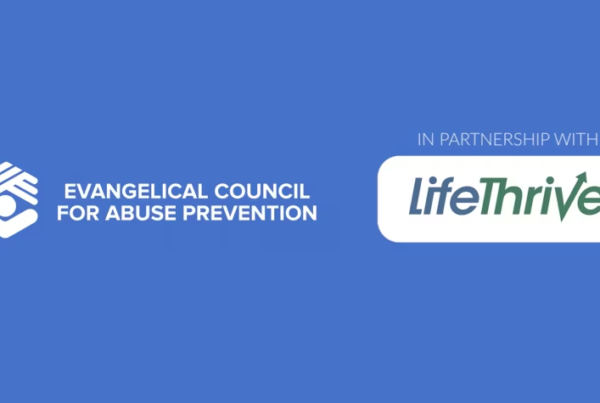This post originally appeared on NST Law’s website. You can find it here.
KNOWING WHAT TO LOOK FOR CAN HELP PREVENT CHILD ABUSE
There is no greater celebration of an arrival than perhaps that of the arrival of a child. Showers are thrown, nurseries designed, gifts bought, and futures planned – all in the hope of starting a child on the right path in life. Joy and love are often heaped on children, as society regards the youngest among us as innocent. With so much time, love, and effort put into children, it is particularly tragic when children are abused; yet more than 3 million reports of child abuse are made annually in the United States.
There are three main types of abuse children suffer – physical, emotional, and sexual. Organizations like Childhelp are great resources for finding statistics and other facts about these three main types of child abuse. Child abuse is pervasive: more than twenty-eight percent (28%) of adults report having been physically abused as children, more than ten percent (10%) of adults report having been emotionally abused as children, and more than twenty percent (20%) of adults report having been sexually abused as children.
PHYSICAL ABUSE
Physical abuse takes place when a parent, caregiver, or other individual causes intentional physical injury to a child. Physical abuse can result in bruises, blisters, burns, cuts, broken bones, sprains, dislocated joints, internal injuries, brain damage, or even death. Physical abuse often also leads to emotional and psychological harm. Those who physically abuse children often provide nonsensical reasons, or no reasons at all, as to why the child is injured; act aggressive or overly anxious about the child’s behavior; infer or call the child a liar or other negative names implying that the child somehow “deserved” abuse; do not get medical care for the child, or when they do get medical care, go to different medical facilities to avoid detection; and often prohibit the child from attending school or other activities.
EMOTIONAL ABUSE
Emotional abuse occurs when a parent, caregiver, or other individual causes severe emotional harm or impairs a child’s mental or social development. Although a single incident may be severe enough to qualify as emotional abuse (such as an individual physically abusing a child), emotional abuse can also manifest as behavioral acts that harm a child over time. Emotional abuse can include rejecting, ignoring, showing little interest, shaming, humiliating, berating, insulting, threatening abandonment, screaming, yelling, isolating, and corrupting or causing misbehavior in a child. Those who emotionally abuse children often ignore, criticize, and yell at the child; play favorites with other children in front of the child; and display other signs of anger toward the child.
SEXUAL ABUSE
Sexual abuse refers to when an adult or older child uses or involves a child in sexual acts. Sexual abuse can include making a child watch or perform a sex act; making a child view, show, or touch sex organs; inappropriate sexual talk; fondling; exploitation; child prostitution and child pornography. Sexual abuse is more likely to happen to children who are left unsupervised or have an unstable home life; who have a jealous, possessive parent that relies on their child for emotional support; or those with parents who have a history of sexual dysfunction or troubled relationships.
HOW TO STOP CHILD ABUSE
These instances of abuse unfortunately often have lasting effects on children as they grow into adulthood, but if we increase awareness of the signs, we may be able to prevent more children from becoming victims. Preventing child abuse must be addressed at the global, national, state, city, and community levels. One positive way is for community leaders and stakeholders to serve as mentors. Another method is for schools to educate students and parents on the dangers of child abuse. Of course, if you see any of the above-referenced signs of child abuse, call your local police station or child advocacy center immediately so that proper action can be taken.






